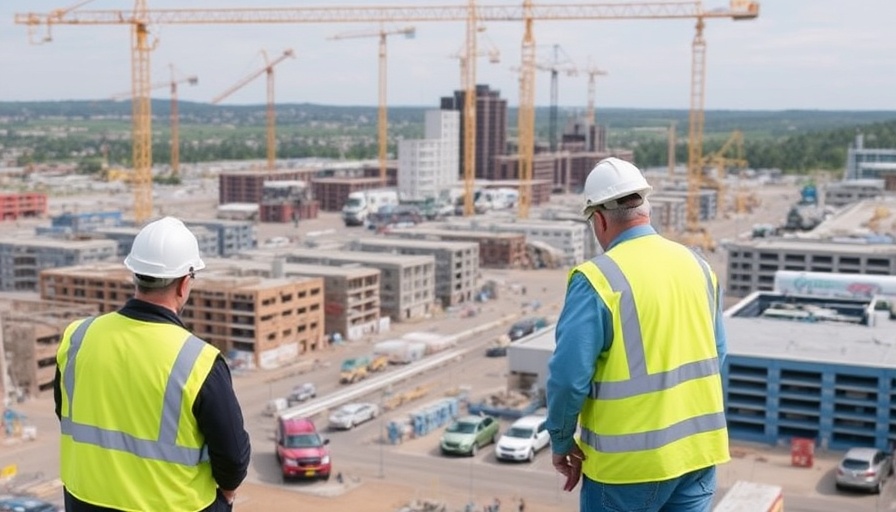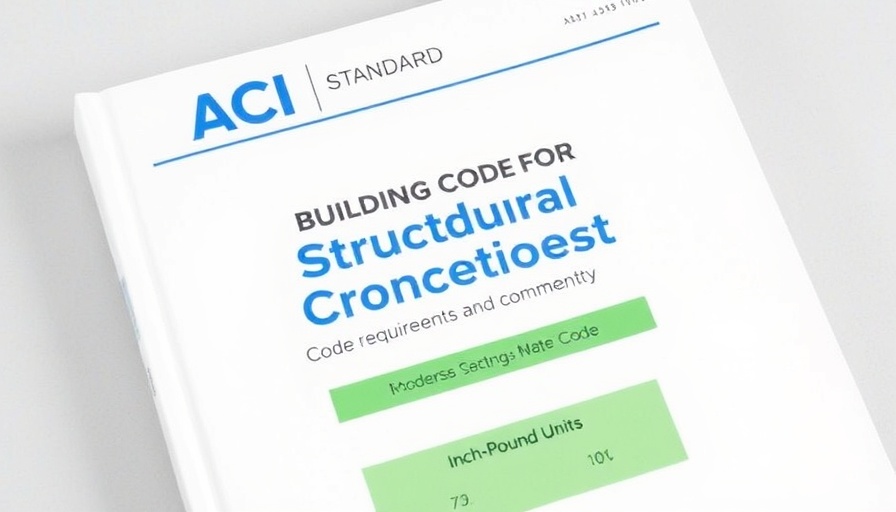
Record High Construction Backlogs: A Boon or Bane?
The latest news from the Associated Builders and Contractors (ABC) reveals a surge in construction backlogs to a staggering 20-month high. While this spike may seem indicative of a thriving market, it also raises questions about project efficiency and capacity. The construction sector, after bravely navigating pandemic challenges, is facing new hurdles as demand outweighs available resources. For clients of commercial construction companies, understanding what this means for project timelines and budgets is crucial.
What’s Driving the Demand?
Several factors contribute to the rise in construction backlogs: pent-up demand post-pandemic, increased infrastructure spending from government initiatives, and a shift towards sustainable building practices. With more clients seeking eco-friendlier construction options, projects are not just about getting the bricks in place anymore; they’re about smart design and innovation. As we move forward, those who embrace this change will likely find themselves ahead of the curve.
Navigating the Challenges Ahead
The rise in backlog also highlights significant challenges—namely the shortage of skilled labor and rising material costs. Clients should prepare for potential project delays and cost adjustments. Engaging in proactive project management practices, like open communication with contractors and diligent monitoring of project key performance indicators (KPIs), can offer a sharp edge against these obstacles.
The Importance of Technology and Innovation
Amidst these challenges, technology emerges as a vital player. Innovations in construction, such as modular building, automated project management tools, and sustainable materials, are essential for meeting the current demands efficiently. Construction firms that capitalize on these advancements will not only reduce timeframes but also optimize costs—making them attractive to clients aiming for quality outcomes.
Conclusion: What Should Clients Do?
As commercial construction clients face this vibrant yet complex landscape, the way forward is to remain informed and proactive. Foster solid relationships with your construction firms, actively participate in discussions about timelines, and consider how new technologies can enhance your project outcomes. In this high-demand environment, knowledge truly is power—so take charge of your construction needs and ensure you’re set for future success. Stay engaged in the conversation about where the industry is headed, and you might just find opportunities abound.
 Add Row
Add Row  Add
Add 




Write A Comment